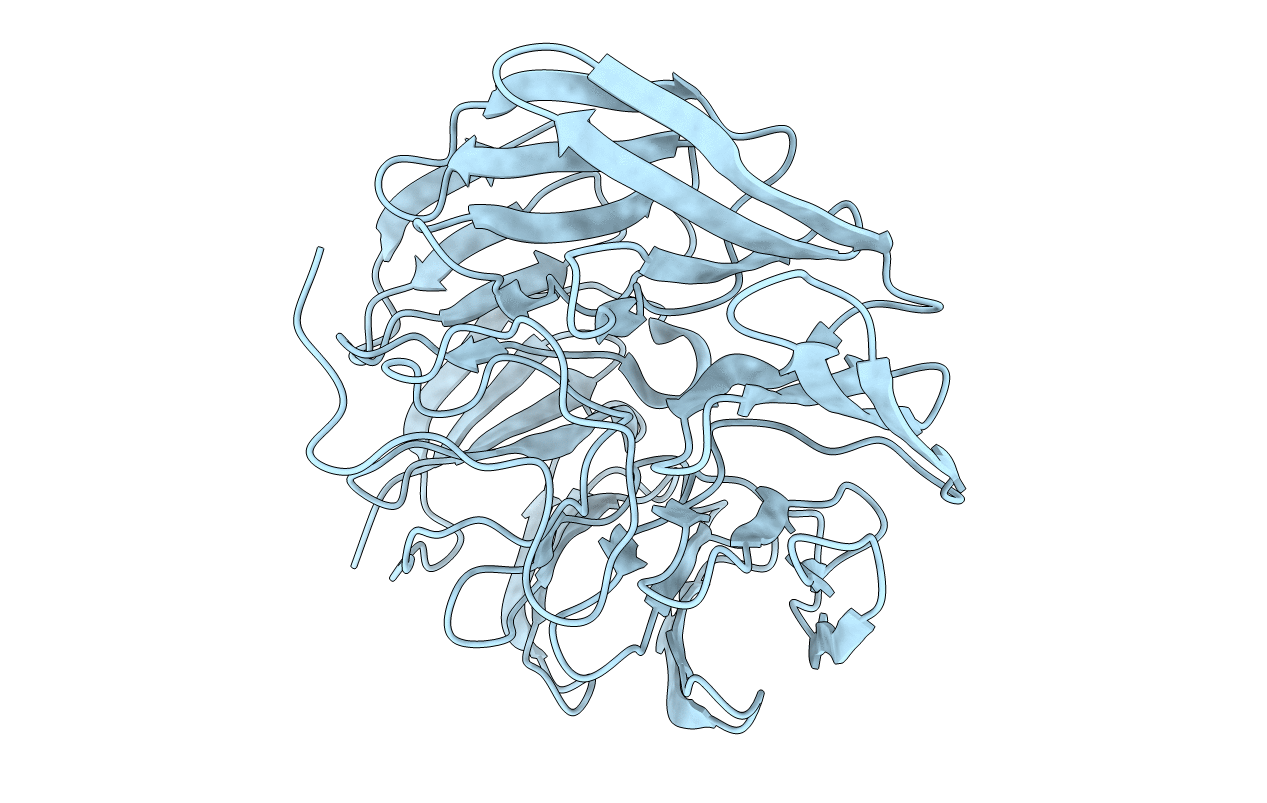
Deposition Date
2021-05-21
Release Date
2022-01-12
Last Version Date
2023-11-29
Entry Detail
PDB ID:
7EVF
Keywords:
Title:
Plant growth-promoting factor YxaL mutant from Bacillus velezensis - T175W/S213G/W215A
Biological Source:
Source Organism:
Host Organism:
Method Details:
Experimental Method:
Resolution:
1.50 Å
R-Value Free:
0.16
R-Value Work:
0.14
R-Value Observed:
0.15
Space Group:
H 3


